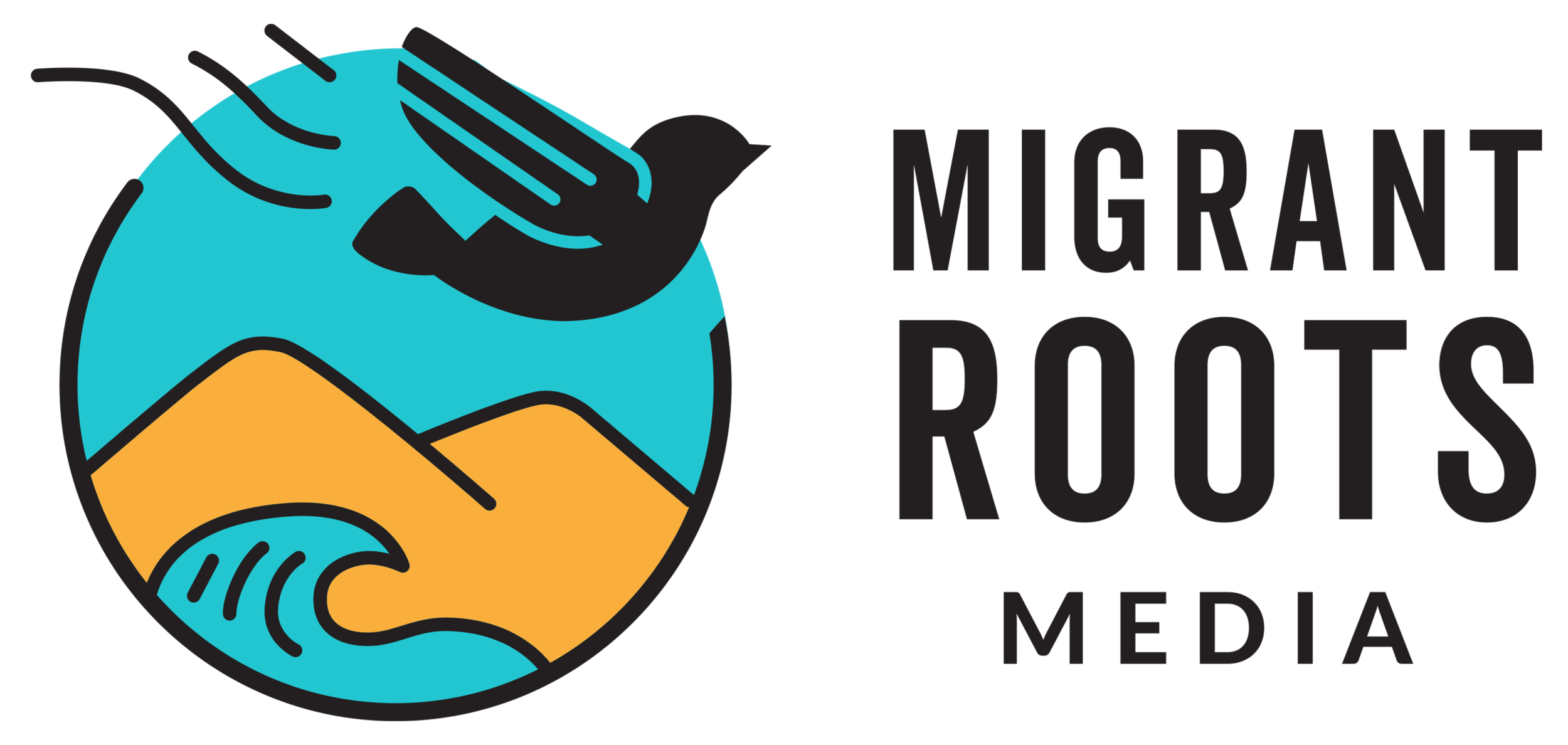The Battle for Immigrant Los Angeles
Protesters, many of them young people, are using their unarmed bodies to disrupt the U.S. Immigration and Customs Enforcement (ICE) raids across the city and protect immigrant communities in Los Angeles. These protesters are out there in pursuit of a better future for us all, though many others, including within the immigrant rights movement, do not see it this way and are discrediting their actions as “violent” and not the “right” way. When movement leaders call for “peaceful” protests and curbing the “violence” of protesters (who are often angry youth), they are aligning with the mainstream media and conservatives.



